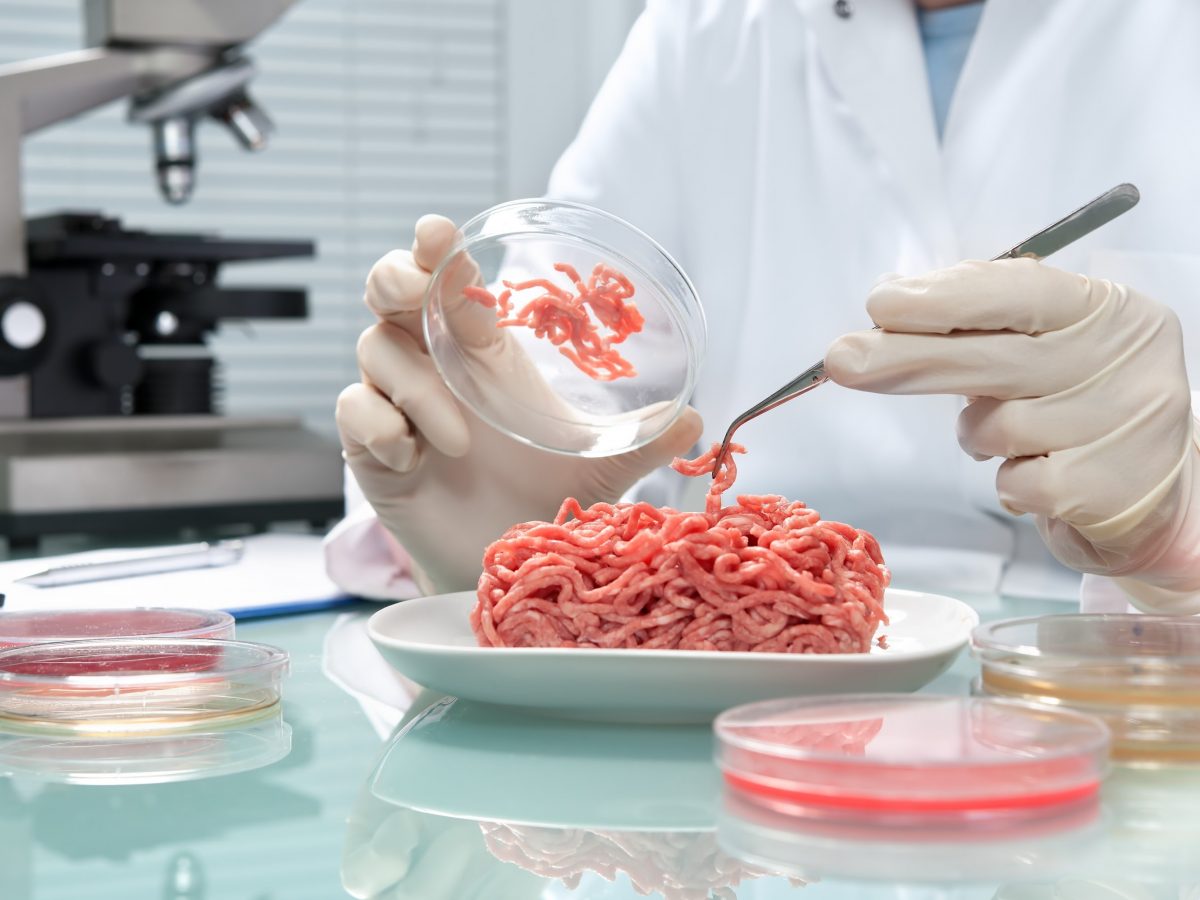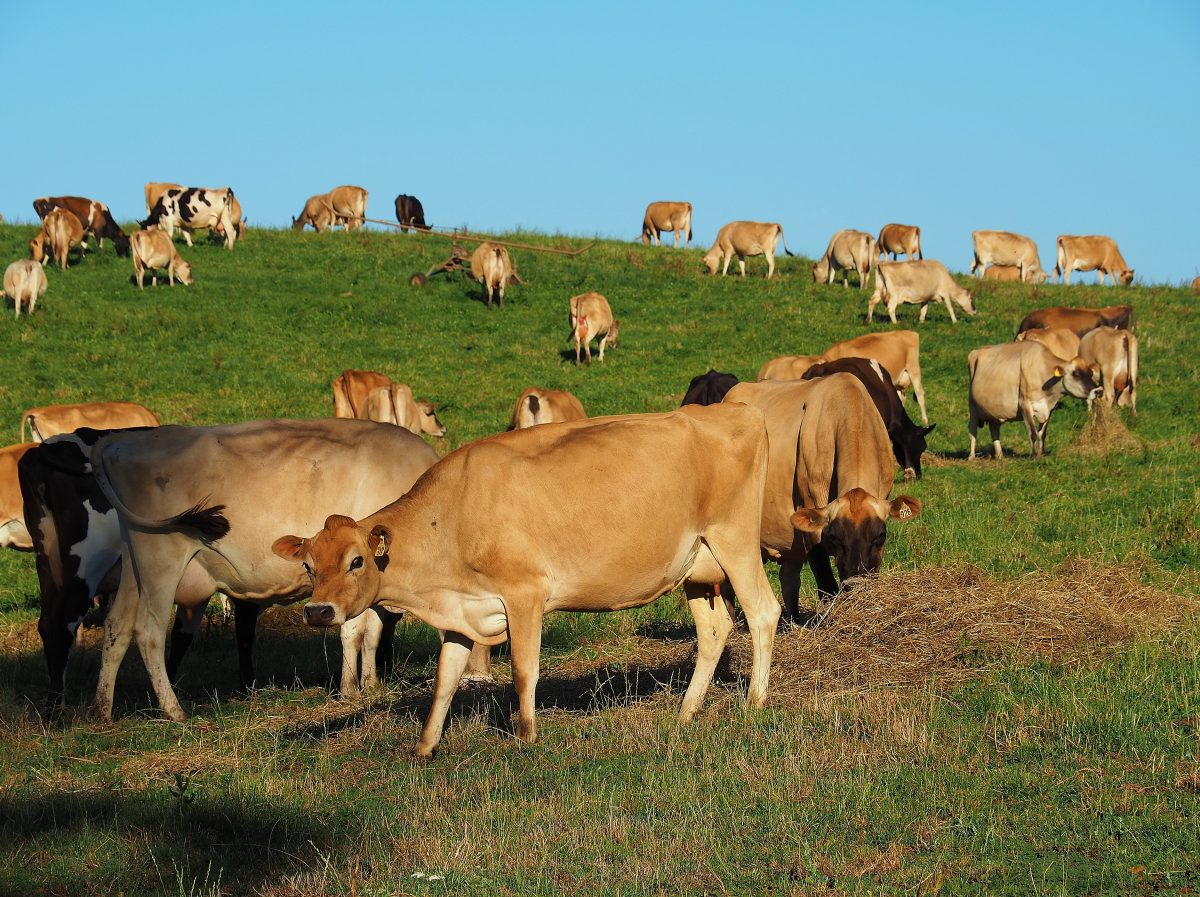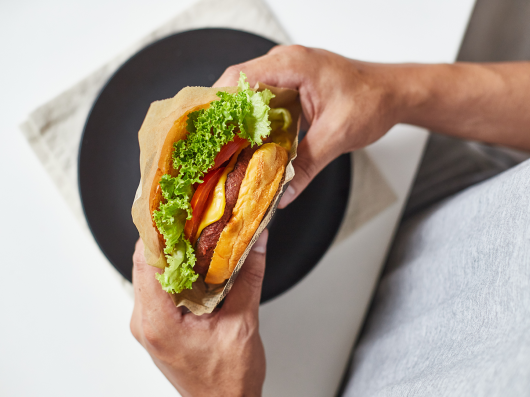When a research team from the Netherlands presented the world’s first burger grown from cultured animal cells, they set off the next huge race in science and the food industry.
And while the idea of growing meat in a petri dish was mind-boggling at the time, so too was the production cost of about $400,000.
The next challenge: how to make it commercially viable to produce?
Fast-forward almost 10 years and many millions of dollars later, and the emerging cellular agriculture industry is pushing to meet growing demands on the global food systems – driven largely by demographics.
Food and health expert Professor Johannes le Coutre, from UNSW School of Chemical Engineering, says that foods produced from cell cultures will have the same nutritional value as those produced from vegetables and animals.
“Cellular agriculture is a growing field of activities that are deeply rooted in existing technology to produce food. It combines elements of agriculture, life science, medical research and engineering, with the goal of growing edible tissues from vegetables or meat at the cellular level,” he says.
“The technology enables us to provide real meat – without having to kill an animal.”
The process involves taking cells through a small biopsy from a live animal. The material is then subjected to a number of biological steps to ensure it has the same nutritional features, look, texture and most importantly, flavour characteristics as real meat.
“The meat we consume is only a fraction of the animal,” Prof. le Coutre says. “With the developing technologies in tissue culture and organ engineering, it’s slowly becoming possible to grow these materials in the laboratory.”

Chemical Engineering Professor Johannes le Coutre is leading the university’s research into cellular agriculture. Credit: Anna Kučera
Animal-free solutions
Professor le Coutre says consumers will be more likely to accept the idea of eating meat that’s produced in ways similar to those used to make cheese and yoghurt if there is a clear added benefit. And one of the biggest advantages of recreating meat is knowing exactly what’s in it.
“It is about a new wave of domestication,” he says.
“Growing the meat is just one part of it. At UNSW, we’re asking additional important questions about the mechanisms that are important to grow and scale this industry.
“We are advancing the food safety and nutritional aspects around it, too – and then, of course, using science to scale it underpins everything we do.”

Quality control expert inspecting cell-cultured meat specimen in the laboratory. Credit: Shutterstock
It’s a problem for the planet, too
Cellular agriculture foods address other pressing issues, such as climate change. The costs of meat products in the market do not recuperate the full environmental costs involved with their production, such as greenhouse gas emissions and water use.
Professor le Coutre says that animal farming accounts for about 14 per cent of greenhouse gas emissions, and the livestock industry is among the largest drivers of biodiversity loss. In some countries, an estimated 25 per cent of the freshwater supply is used for livestock production.
“The livestock industry and the connected food systems are running into various issues including credibility and sustainability.
“This sustainability argument is relevant because you can put clear numbers on it. The data tells us that agriculture and the systems driving livestock growth are leading to greenhouse gas emissions much higher than those generated by the aviation industry.”
“What we’re working on is not only scientifically and commercially exciting but ethically exciting, too, because it’s going to change our relationship with food.”
But what about plant-based meat alternatives?
The reality of having a burger made from vegetables is not a new idea. Take a walk down the freezer aisle of your local supermarket and you can find sausages and chicken schnitzels made entirely from plant material.
“Don’t confuse the two,” says Prof. le Coutre. “Real meat cells are smaller and more nutrient-dense compared to plant cells, which contain a lot of water.
“If you take plant-based tissues and try to turn them into food that has the same appearance as meat, you inevitably conduct processing steps detrimental to the original plant material.
“People should eat vegetables and plant materials such as beans, peas, legumes – that’s wonderful and great. However, I continue to believe we should consume meat products in moderation. And with the future of cellular agriculture, we can do this in a sustainable way.”

The livestock industry is among the largest drivers of biodiversity loss, with animal farming accounting for about 14 per cent of greenhouse gas emissions. Credit: Shutterstock
Beyond meat
Prof. le Coutre says the future of cellular agriculture is not confined to cultured meat but extends to producing materials sustainably for other industries, such as seafood and dairy. While proofs of principle have been obtained, further research is needed to ensure lab-produced meat satisfies consumer expectations and can be manufactured at a reasonable cost.
“The ambition is to get the cost down to below that of traditional meat to make it acceptable for the consumer, but we are not there yet. Our goal is to commercialise what we’re achieving through R&D and to see products dominate supermarket shelves within the coming five to 10 years.”
Prof. le Coutre says the research he and his colleagues are working on is multidisciplinary, with the intention to redefine the entire value chain for a novel food system. More investment is needed to reach the full potential in this field.
“We need to position Australia as a leader in this space,” he says.
“We are already paving the way in the food agriculture business, but we need to be ahead in the cellular agriculture business as well.”
This article was written by Cecilia Duong and published initially on the UNSW Sydney website on 31 March 2021. It has been republished here, with minor edits, courtesy of UNSW News Media.
Find the original story here.


